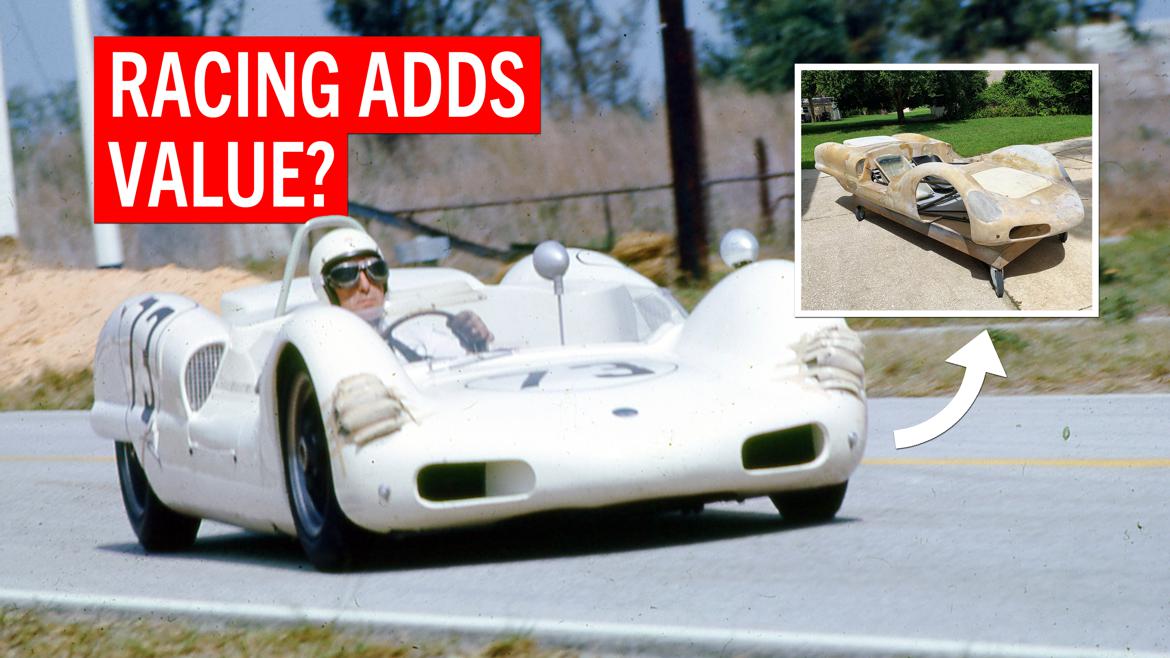
Turbocharged engines are a double-edged sword. More power is readily available through more boost, but so is more disaster. So, when you even vaguely consider adding boost to an engine, you need to have a plan to at least monitor the other factors that will be affected by this additional air. Most notably, this means keeping an eye on how …
This content is available for GRM+ members and Grassroots Motorsports magazine subscribers only.
Read the rest of the story
I'm not a chemical engineer, but I do enjoy the science behind the scenes.
<< Complete burning of the fuel means less atomized liquid fuel in the combustion chamber, which means less cooling of interior combustion surfaces, which means more energy lost as heat, for example. >>
i don't follow this...
any heat not converted to pressure to push the piston down is a decrease in efficiency, yes? And any fuel not burned also decreases efficiency.
my "understanding " of rich mixtures under high load was to use the un burnt fuel as a coolant...absorbing heat...from the piston dome and exhaust valve....to prevent pre ignition and burnt valves.
Any thoughts?
and, I believe that a catalyst promotes or speeds up a chemical reaction, but is not consumed in the reaction...so oxygen would not qualify as a "catalyst", yes?


























